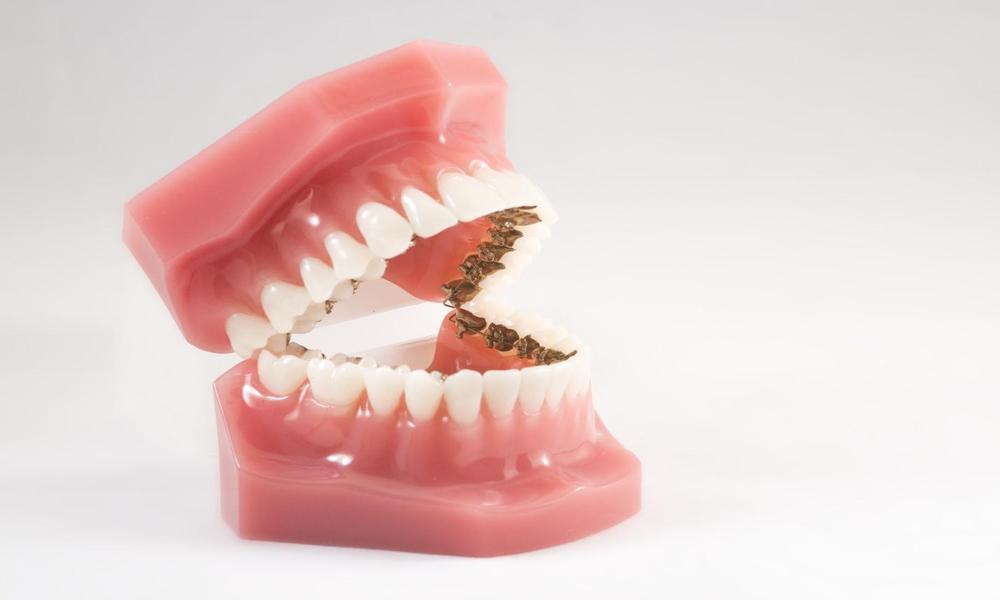A foot and ankle condition or injury can be painful and affect your ability to perform daily chores or activities. For instance, it becomes difficult to walk, play, and exercise. One of the leading treatments that Mid-South Foot & Ankle Specialists can recommend for you is Platelet Rich Plasma (PRP) therapy. Platelet-rich plasma (PRP) injections do not usually cause many or severe side effects.
That is possible because your doctor creates platelet-rich plasma (PRP) from your blood. Your doctor will extract a few blood samples from your vein and place them on a centrifuge machine. When the centrifuge rotates, a powerful centrifugal force is created that leads to the separation of the blood into its various components.
The different components of the blood include plasma, platelets, and white blood cells. The resulting plasma has a higher level of platelet concentration than is normally found in your blood. Also called thrombocytes, platelets have numerous growth factors. When your doctor injects these growth factors (proteins) in an area affected by certain foot and ankle conditions, it stimulates natural healing.
Below are common foot and ankle conditions that can benefit from platelet-rich plasma (PRP) injections.
Ankle sprains
According to the University of Utah, ankle sprains affect about two million Americans yearly. Furthermore, note that acute ankle sprains are the most common form of foot and ankle injury among college athletes in America.
A sprain occurs when there is a dangerous rolling, turning, or twisting of the ankle. That leads to the straining or tearing of the ligaments or other soft tissues in the ankle. Ankle ligaments connect your foot bones to your lower leg bones.
Plantar fasciitis
Also called the policeman’s heel, plantar fasciitis is one of the most prevalent causes of heel discomfort and pain. That condition is characterized by the inflammation and irritation of a band of tissue called the plantar fascia. Plantar fascia exists across the bottom of your foot and links the heel and toe bones.
Plantar fasciitis mainly affects those with jobs that involve standing, walking, or running for long hours. It can affect athletes, policemen and women, teachers, and factory workers. Also, some exercises or activities, such as ballet dancing, can exert a lot of stress on the plantar fascia.
Tendon tears
The inflammation or irritation of the thick fibrous cords providing a connection between bones and muscles is called tendinitis (tendonitis).
A tendon inflammation and tear can be due to gradual wear and tear promoted by aging or overuse. Still, an injury or a disease can also cause tendon tears. For example, you can have an injured tendon from a motor accident or sports injury.
Other foot and ankle conditions that can benefit from PRP injections include pulled muscles and arthritis. Moreover, your doctor can advise PRP injections if your ankle or foot is inflamed and painful after surgery.
Minimally invasive treatments like PRP injections are always an excellent option if medications, RICE therapy, and physical therapy do not provide relief. After PRP therapy, expect moderate pain, inflammation, and discomfort lasting a few days. Generally, expect improvements in your foot and ankle function within a few weeks.



